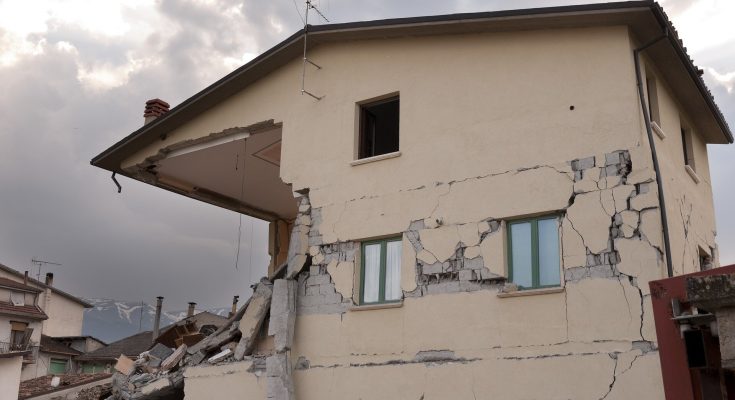Many people are aware that large earthquakes are often followed by a sequence of aftershocks as stresses are redistributed in the surrounding area. Many may not be aware that there are also sequences of earthquakes that occur before most large earthquakes.
The so-called precursory scale increase (PSI) describes a sudden increase in the rate and size of earthquakes in a precursory area, with a precursor time and magnitude prior to the upcoming large earthquake. Statistical relations between the different precursor variables form the basis of the earthquake forecasting model EEPAS (Every Earthquake a Precursor According to Scale).
EEPAS aims to forecast major upcoming earthquakes in the medium term, that is, within months to decades, depending on their magnitudes. EEPAS has performed well in global testing and is an important contributor to public earthquake forecasting in New Zealand and to New Zealand’s National Seismic Hazard Model.
To date, there has been limited analysis of the precursory scale increase, most likely due to the elaborate and manual method with which it was originally detected. Recent work indicated that multiple PSI identifications could be made for a given earthquake with smaller precursory areas associated with larger precursor times and vice versa.
A more systematic approach to detecting PSI was needed to study this trade-off between area and time to confirm that small precursory areas grow as time gets closer to the mainshock. GNS Science Hazard and Risk Scientist Dr. Annemarie Christophersen is the lead author of a paper published in Seismological Research Letters that describes two algorithms which automatically detect PSI in earthquake catalogs.
The algorithms have been applied both to real earthquake catalogs and to simulated data that are based on known physics of earthquake occurrences. The algorithms identify multiple realizations of PSI for most major earthquakes with different precursor times, areas and magnitudes.
On average, an even trade-off between time and space was found for both real and synthetic data. Also, the scaling relations of the PSI parameters are consistent with the original subjectively identified scaling relations from which the EEPAS forecasting models is derived.
Dr. Christophersen says, “Our work is critical to advance our understanding of how earthquake activity builds up towards a large earthquake. Our next step is to include our findings in the EEPAS model to improve medium-term earthquake forecasting, which is a direct input into public earthquake forecasting and the National Seismic Hazard Model. These resources help us to make better decisions on where to build and to prioritize strengthening of existing infrastructure to make New Zealand more resilient to large earthquakes.”
Provided by GNS Science





